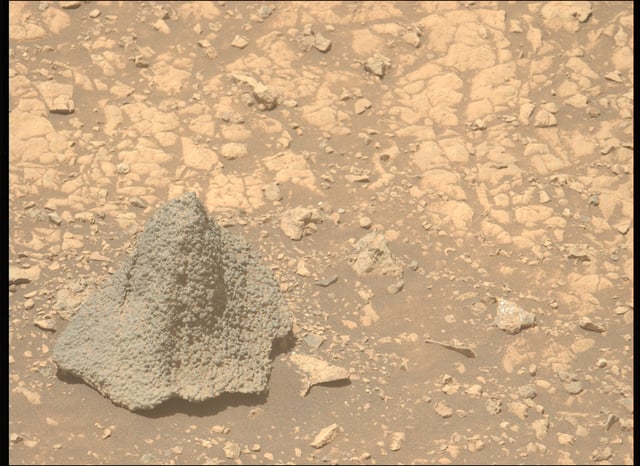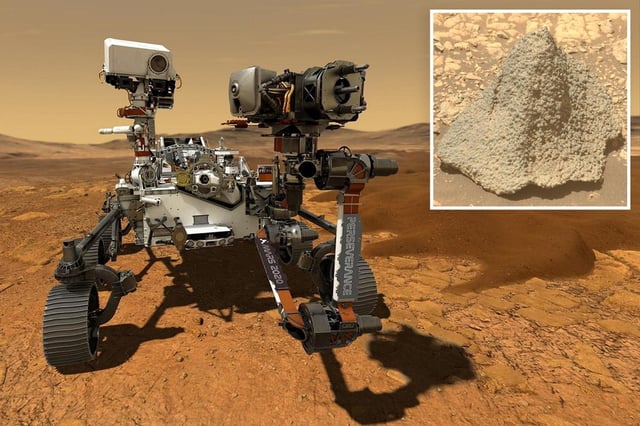Overview
- Perseverance’s Left Mastcam-Z camera captured the Aug. 5 image of Horneflya, which was later voted NASA’s Image of the Week for its striking helmet-like shape.
- NASA spokesperson David Agle confirmed that Horneflya is composed almost entirely of spherules—tiny spherical mineral deposits covering its surface.
- Researchers note that spherules can form through processes such as chemical precipitation or groundwater alteration but emphasize that the exact mechanisms remain under investigation.
- Space enthusiasts compared the rock to medieval helmets and the Harry Potter sorting hat before mission teams clarified that it is a natural geological feature.
- The discovery underscores Mastcam-Z’s role in both scientific analysis and public engagement by revealing textures that help chart Mars’s past habitability and guide future sampling efforts.

